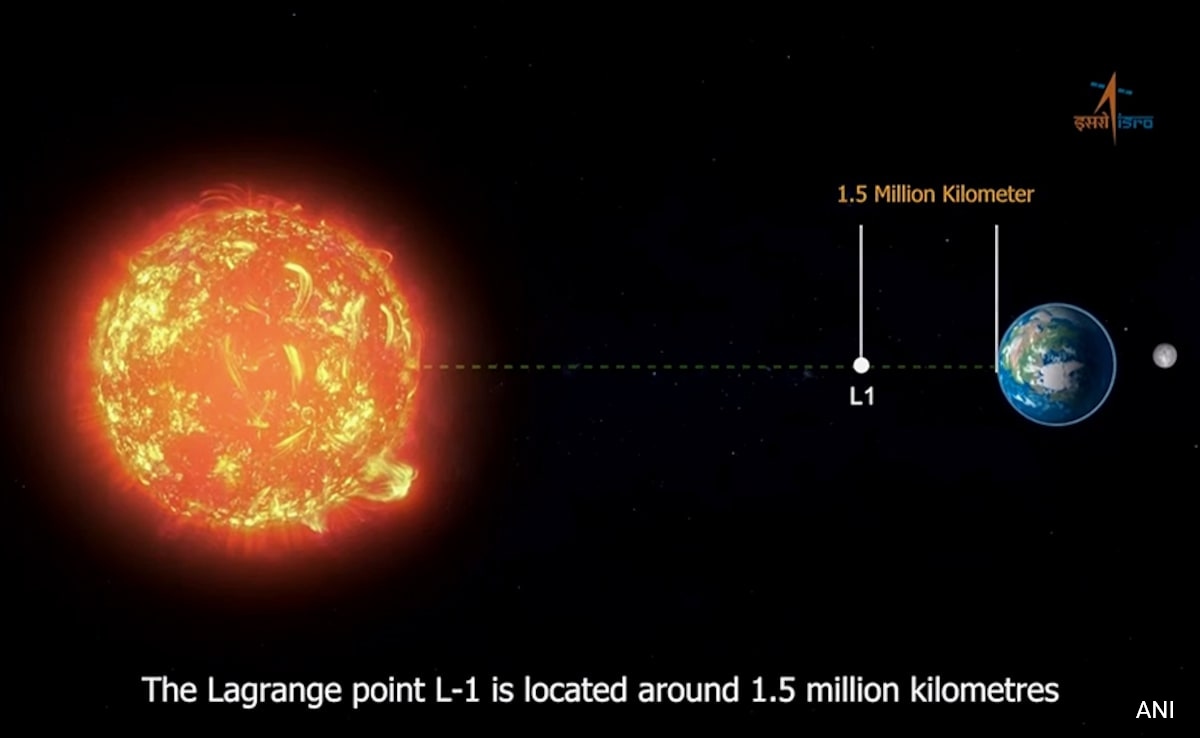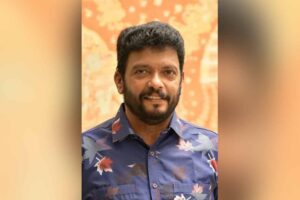
With the Aditya L1 satellite, a tricky sun dance is in progress.
New Delhi:
The Sun is the harbinger of life on Earth and yet so little is known about this massive nuclear furnace situated some 150 million kilometers from Earth and scientists are constantly trying to reveal its secrets.
India’s first dedicated space-based solar observatory, the Aditya L1 satellite, has begun its scientific journey from its vantage point 1.5 million kilometers from Earth. However, it is not the first solar observatory, as the country has a tradition of over a century for studying the Sun from Earth. The Indian Space Research Organisation (ISRO) has undoubtedly performed a celestial ‘surya namaskar’ by achieving the chosen solar orbit in its maiden attempt.
Indians have worshipped the Sun for eons and the country has three dedicated well known temples for the Sun God or ‘Aditya’.
Ms Nigar Shaji, the project director for the Aditya L1 satellite from ISRO, says, “India managed to get the precise halo orbit” as desired by the scientists. Now, all seven instruments have been turned on, and the data will start flowing to the scientists in a few weeks. The satellite has a nominal mission life of five years, but S Somanath, Chairman of ISRO, is hopeful it could last longer as precious fuel has been saved.
Back on terra firma, among the oldest observatories are the five Jantar Mantar observatories constructed by Raja Jai Singh of Jaipur between 1724 and 1730, almost three centuries before the present. These brick and masonry structures studied the Sun in great detail, and the Sun Dial at the observatories still gives out time with high accuracy.
Among the most startling findings using the Sun from India is the discovery of the element Helium. India’s Aditya L1 began its journey from the island of Sriharikota in Andhra Pradesh, just about 360 kilometers north of India’s spaceport is the town of Guntur. Not many know that it was in 1859 (165 years before today) that a French astronomer, Pierre Janssen, while observing the total solar eclipse at Guntur, made the remarkable discovery of finding Helium using some nifty spectroscopic studies.
There is also a high-quality institution in the southern hill station of Kodaikanal called the Kodaikanal Solar Observatory that has seen the Sun in great detail since 1899. Owned and operated by the Indian Institute of Astrophysics (IIA), Bengaluru, the unique observatory has continuous recordings of the photos of the Sun for the last 107 years. Dr Annapurni Subramaniam, Director of IIA, says this wonderful archive of images is now being digitized.
One of the affiliates of ISRO, the Physical Research Laboratory, Ahmedabad, has been running a solar observatory situated in the middle of the Fateh Sagar Lake in the sylvan city of Udaipur. This Udaipur Solar Observatory has been operating since 1976. It is located in the lake to avoid the distortions caused by heating of the land. According to ISRO, “the well-equipped ground-based solar observation facility at Udaipur is known globally for the highest quality observational solar research. The major science goals of solar physics research group are to understand the physics of solar oscillations, the evolution of sunspots, sunspot fine structure, coronal heating, solar eruptions, and space weather prediction.”
According to a statement by IIA, the ‘Aditya-L1 is India’s pioneering solar observation mission, aimed at studying the Sun’s outermost layer – the corona, its other violent and less understood regions, and its impact on Earth’s climate. It also showcases India’s prowess in space exploration and solar science.’
ISRO did a successful moonwalk with the Chandrayaan-3 satellite, and now with the Aditya L1 satellite, a tricky sun dance is in progress. All in an effort to demystify the Sun. The satellite has already sent back stunning images of the full disc of the Sun.




